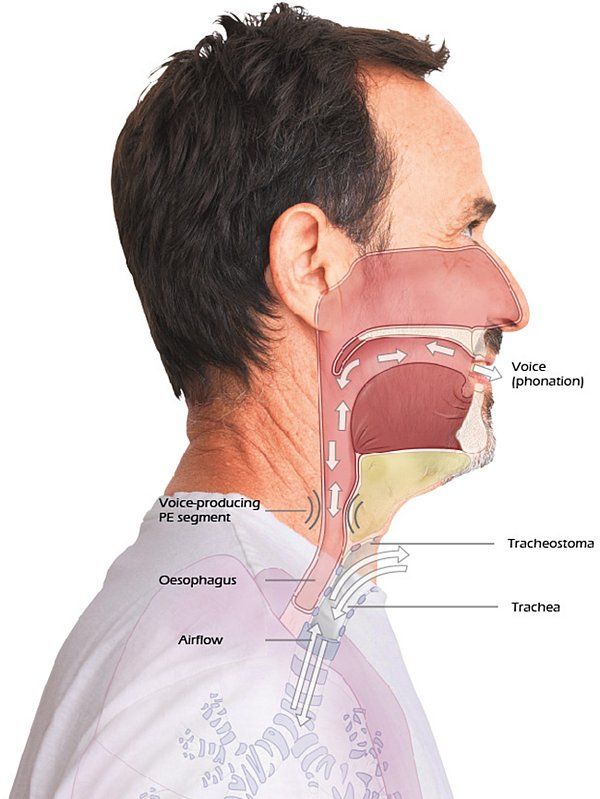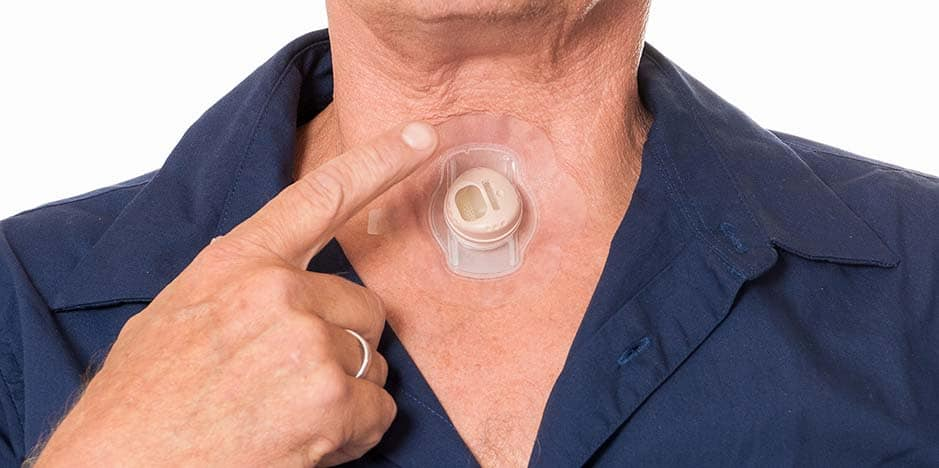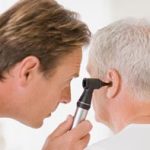Laryngeal Surgery (Laryngectomy)
What is a laryngectomy?
A laryngectomy is a surgical procedure to remove part or all of your larynx (voice box). Your larynx is above your trachea (windpipe), and it connects your nose and mouth to your lungs. Your larynx helps you speak, breathe and swallow.
Why would you need a laryngectomy?
You might need laryngectomy surgery if you have:
- Laryngeal cancer.
- Laryngeal fracture.
- Severe larynx damage due to trauma or injury.
- Chondronecrosis of the larynx (a rare condition in which radiation therapy causes damage to your larynx).
Depending on the severity of your condition, your healthcare provider may recommend a partial laryngectomy (removing part of your larynx) or a total laryngectomy (removing all of your larynx).
How common are laryngectomies?
As of 2013, there were about 60,000 people who had undergone a laryngectomy in the United States. Today, this number is decreasing because fewer people are smoking (a leading cause of laryngeal cancer) and because newer surgical methods can sometimes treat conditions without removing the larynx.
Procedure Details
What happens before laryngectomy surgery?
Before your laryngectomy, your healthcare provider will perform a complete physical examination. They’ll also recommend testing, which may include:
- Complete blood count or other routine blood tests.
- Chest X-ray to clear you for surgery.
- Electrocardiogram (EKG) to check the rhythm of your heart.
Your provider will also refer you to other medical professionals — like speech-language pathologists and swallowing specialists — who’ll help you prepare for recovery and life after a laryngectomy.
If necessary, counseling is available to help you quit smoking before your laryngectomy. Most providers also offer nutritional counseling to foster healthy habits after your surgery.
Before you come in for your procedure, your healthcare provider will give you a detailed list of preoperative instructions. In general, you’ll stop taking blood thinning medications temporarily. You’ll also fast the night before your laryngectomy surgery.
What happens when you have a laryngectomy?
Your surgeon will perform a laryngectomy under general anesthesia. Once you’re comfortable, they’ll:
- Make an incision. Your surgeon carefully makes an incision (cut) on your neck.
- Remove your larynx. After making the incision, your surgeon removes either part or all of your larynx. They may also remove some of your lymph nodes and part of your pharynx (throat).
- Create your stoma. Next, your surgeon creates an opening in your neck and in the front of your windpipe. This opening is a stoma. A laryngectomy tube is then placed in your stoma. This will help you breathe after your surgery.
- Perform a tracheoesophageal puncture (TEP). In some cases, your surgeon may create a TEP (a small hole between your trachea and esophagus). This allows for the placement of a voice prosthesis. A TEP may not be suitable for everyone. Ask your healthcare provider if it’s an option for you.
- Close the incision. Finally, your surgeon will close the incision with sutures (stitches).
Following a laryngectomy, most people stay in the hospital for one to two weeks. Your medical team will track your recovery during this time.
For the first several days, you’ll get nutrition through a feeding tube. Once you’re able to swallow liquids, your provider will remove the tube.
Can you talk after a laryngectomy?
Laryngectomy surgery removes your vocal cords. So, you’ll have to learn new ways to speak and communicate. A speech-language pathologist can help find an approach that works best for you.
Voice prosthesis
A voice prosthesis (laryngectomy speaking device) sits over your stoma. With training, you can learn to move air from your lungs into your esophagus. The resulting vibrations create speech.
There are different types of voice prostheses. Ask your healthcare provider if this option could work for you.
Electrolarynx
You hold an electrolarynx (artificial larynx) against your neck to enhance your speech. Most people can use an electrolarynx after only a few days, making it one of the fastest methods to learn.
The words produced by an electrolarynx sound robotic and artificial. But it’s an excellent short- or long-term solution after laryngectomy surgery.
Esophageal speech
Some people use esophageal speech to communicate after a laryngectomy. With this method, you can redirect air from your mouth, trap it in your throat and esophagus and use it to form speech.
Nonverbal communication
Anyone who undergoes a laryngectomy will use nonverbal communication at some point during their recovery. Nonverbal communication may include:
- Gestures.
- Mouthing words.
- Facial expressions.
- Writing by hand.
- Typing on a computer or tablet.
- Sign language.
Risks / Benefits
What are the risks or complications of a laryngectomy?
Like any surgery, there are risks associated with laryngectomy, including:
- Infection.
- Blood clots.
- Heart conditions.
- Breathing issues.
Complications that are specific to laryngectomy include:
- Damage to your trachea or esophagus.
- Decreased thyroid gland function.
- Difficulty eating, swallowing and speaking.
- Limited movement in your neck and shoulders.
- Fistulas (abnormal connections between your throat and skin).
- Issues with your laryngectomy stoma.
Recovery and Outlook
What is the recovery time after a laryngectomy?
On average, it takes two to three weeks to recover after laryngectomy surgery. But this timeline depends on several factors, including the extent of surgery and your body’s healing capacity. Some people need longer to recover.
What should I know about post-total laryngectomy care?
In most cases, a laryngectomy is successful for removing cancer. But you might need other treatments — such as chemotherapy or radiation therapy — to reduce the risk of recurrence (return). You’ll also need to see your healthcare provider for routine follow-ups.
Following your laryngectomy surgery, your medical team will work with you to help you learn new ways to breathe, speak and swallow. This includes working with a speech-language pathologist, who’ll help you communicate effectively. You’ll also learn how to properly care for your laryngectomy stoma.
Your healthcare provider will give you a detailed list of post-operative instructions. It’s important to follow these guidelines closely as you navigate your recovery.
How long can you live with a total laryngectomy?
Many people who’ve had a total laryngectomy enjoy a good quality of life. For those recovering from laryngeal cancer, long-term survival depends on several factors, including the stage and location of the tumor, whether the cancer spread and the person’s general health.
To learn more about survival rates after laryngectomy, talk to your healthcare provider.
















